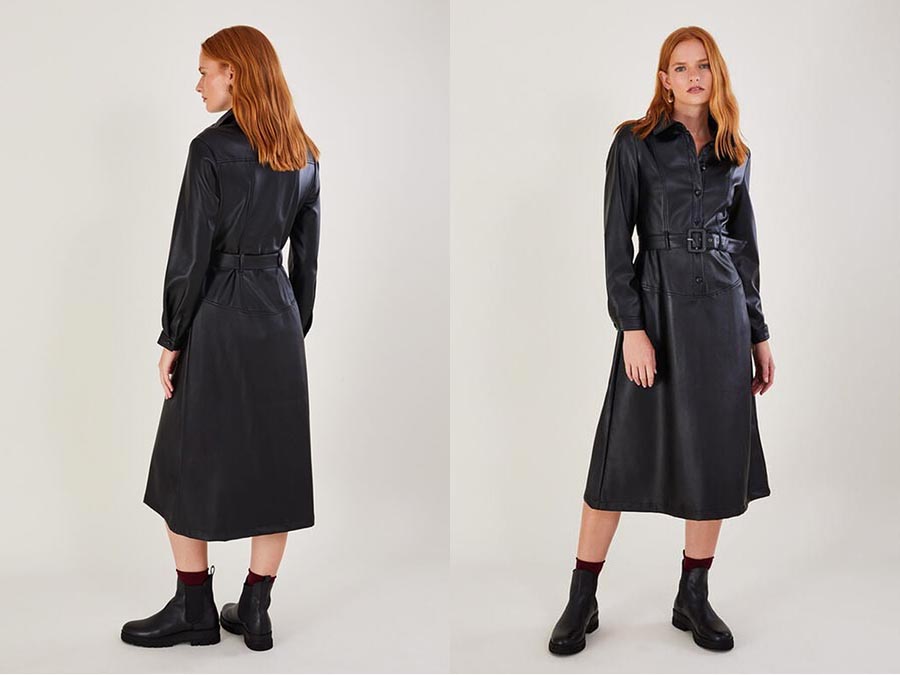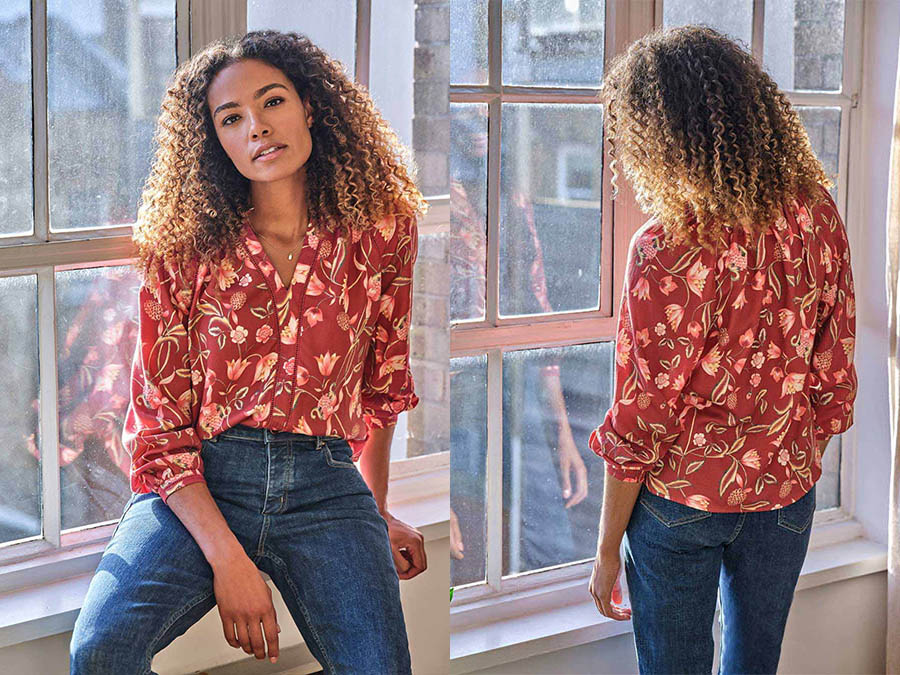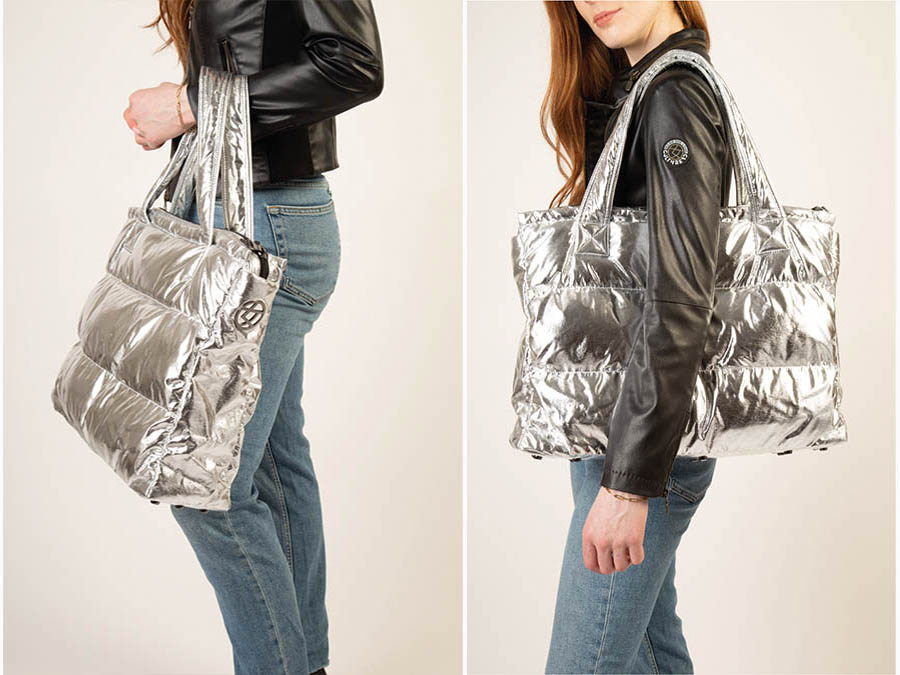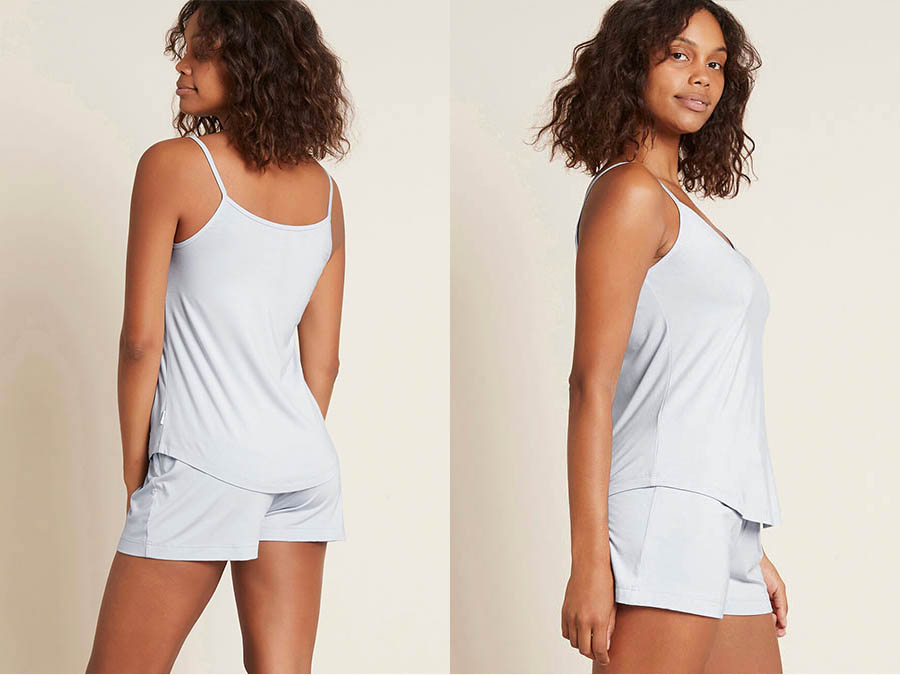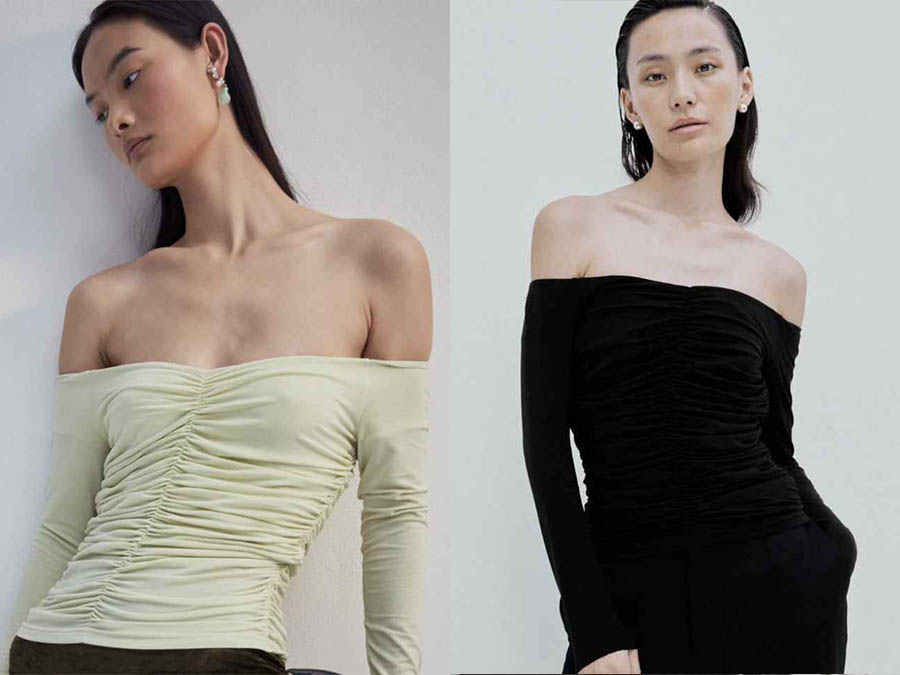Why Acetate Fabric is Sustainable
Acetate fabric refers to a type of fabric or material rather than a specific style. Acetate fabric is derived from cellulose, often sourced from wood pulp or cotton linters.
Here at Fashion.ie, we will explain all you need to know about this sustainable fashion friendly fibre that is growing in popularity in making fashion items today.
It’s Lightweight
It is known for its silky and luxurious feel, as well as its ability to mimic the appearance of natural fibers like silk.
Acetate is often used in the production of various fashion items, including dresses, blouses, linings, and accessories.
Acetate fabric has several desirable characteristics, including its lightweight nature, draping qualities, and resistance to shrinking.
It is often chosen for its aesthetic appeal and is used to create garments with a smooth and shiny finish.
It Has a Silky Feel
Additionally, acetate is sometimes blended with other fibers to enhance its properties.
It’s worth noting that while acetate fabric has its advantages, it may also have some drawbacks.
For example, it can be less breathable than natural fibers like cotton and may not be as durable as some synthetic alternatives.
As with any material, the specific properties can vary depending on the quality and manufacturing processes used.
In summary, acetate in fashion refers to a type of fabric known for its silky feel and aesthetic qualities, often used in the production of various clothing items.
How is Acetate Fabric Made
As we explained earlier, acetate fabric is a man-made material derived from cellulose, which is usually extracted from wood pulp or cotton linters.
The process of making acetate fabric involves several steps, including dissolution, extrusion, coagulation, and spinning. Here is a general overview of how acetate fabric is made.
1. Cellulose Sourcing
The process begins with the extraction of cellulose from wood pulp or cotton linters. Wood pulp is often the primary source.
2. Dissolution
- The extracted cellulose is then chemically treated with acetic acid or acetic anhydride, which results in the formation of cellulose acetate. This process is called esterification.
- The reaction produces a viscous solution known as cellulose acetate dope.
3. Filtering and Ripening
- The cellulose acetate dope is filtered to remove any impurities.
- The filtered solution is allowed to ripen, during which it undergoes further chemical changes to achieve the desired properties.
4. Extrusion
• The cellulose acetate solution is then extruded through spinnerets, which are small openings, to form long filaments.
5. Coagulation
The extruded filaments pass through a coagulating bath. This bath typically contains a solvent that causes the cellulose acetate to solidify into fibers. Acetone is a common solvent used in this process.
6. Washing and Purification
- The newly formed acetate fibers are washed to remove any remaining chemicals or impurities.
- The washed fibers are then stretched to align the molecular chains, which improves the strength and durability of the fabric.
7. Drying
The washed and purified fibers are dried to remove any remaining moisture.
8. Cutting and Baling
The dried acetate fibers are cut into desired lengths and baled for further processing.
The resulting acetate fabric is known for its silky feel, lightweight nature, and ability to drape well. It is often used in the production of various garments, linings, and home furnishings.
However, it’s important to note that acetate fabric is prone to wrinkles, and it may not be as durable as some other synthetic or natural fibers.
Why Acetate Fabric is Sustainable

